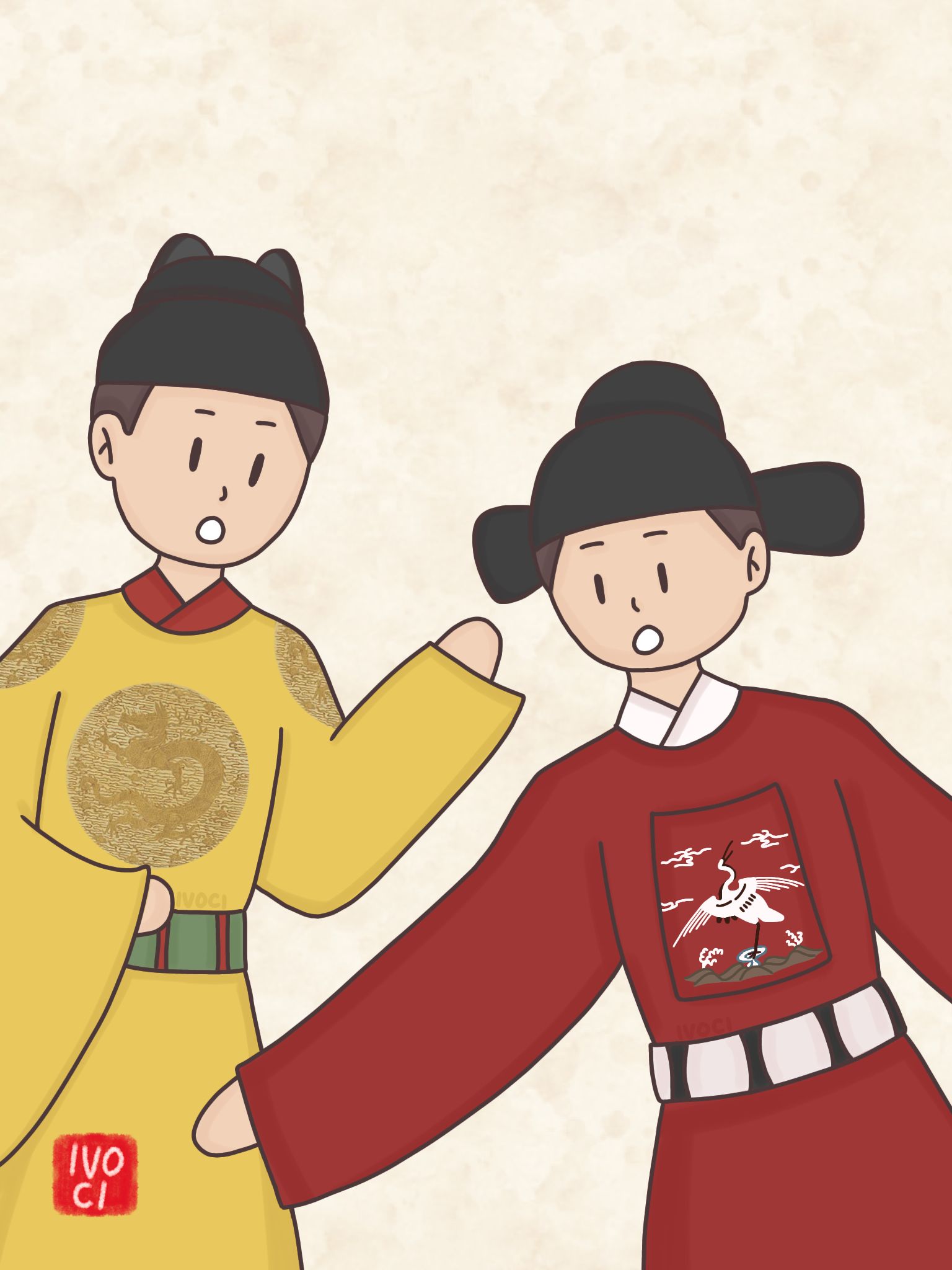
Right: The main point is on the hat (Wu Sha Mao). The Buzi does not fit with history, Ming dynasty civil official’s Buzi is a pair of birds.
The Ming dynasty maintained the tradition of using futou straight wings. However, the shape of the futou worn in the Ming dynasty is slightly different from that worn in the Song dynasty. The futou’s wings became shorter with time and some of these futou became less than forty centimeters.
Wu Sha Mao
Wu sha mao (Chinese: 乌纱帽 ; pinyin: wū shā mào) is a kind of hat worn by ancient officials with two wings that are not completely straight and have curved ends.
Wu sha mao evolved from Futou (Chinese: 幞头 ; pinyin: fú tóu) in the Sui and Tang dynasties.
Futou was originally a turban-like head covering that was tied behind the wearer’s head, the two corners opposite each other so that it served as decoration.
Wu sha mao in the Ming dynasty is similar to the “futou” in the Tang and Song dynasties, having a semicircular top in front and a mountain protrusion behind the head, in the form of a step with a low front and high back.
Ming dynasty
During the Ming dynasty, Ming Taizu (Zhu Yuanzhang) tried his best to restore the hanfu system of the Tang and Song dynasties, while the gong fu (公服, formal uniform) worn by Ming officials followed the Song dynasty.
The Chang Fu (常服, regular uniform) consists of a yuanlingpao (round-necked robe) and a futou with two wing-like flaps of thin, oval-shaped boards on each side, commonly known as the wu sha mao.
The emperor also wore wu sha mao, but the wings were folded up, so it was called “Yi Shan Guan (Chinese: 翼善冠 ; pinyin: yì shàn guān)”. The structure is divided into Houshan (后山) and Qianwu (前屋).
The structural design of Houshan and Qianwu is closely related to the ancient way of storing hair.
In ancient times, people tied their hair in buns, and the Houshan and Qianwu structures were the perfect solution to the inconvenience caused by this way of growing hair.
At the beginning of the Ming dynasty, the yi shan guan didn’t have any decoration, only two pointed corners erected at the back.
It was only in the middle and late Ming dynasty, the yi shan guan started to be decorated with two dragons and pearls.
These changes also reflect the growing handicrafts and economy of the Ming dynasty and the changing aesthetics of the times.
Yi shan guan gold all produced by braiding gold wire using Qiasi (掐丝), Leisi (累丝), Masi (码丝), welding, and other processes, is the highest level of the Ming dynasty gold and silver production process. It is also the golden imperial crown that has survived in China so far.
Type of Futou in the Ming dynasty
Zhanjiao Futou (展角幞头 ; zhǎn jiǎo fú tóu)
The Ming dynasty zhanjiao futou is based on the Song dynasty zhanjiao futou.
In the Ming dynasty, the zhanjiao futou was worn by Ming civil officials in palace assemblies when they would give a memorial or notice of retirement to the Ming emperor.
Zhanchi Futou (展翅襆头 ; zhǎn chì fú tóu)
Zhanchi futou also known as Wu Sha Mao (Chinese: 乌纱帽 ; pinyin: wū shā mào)
Zhanchi futou or wu sha mao is a head covering for Ming dynasty officials, consisting of a black cap with two wings like wings of thin oval planks on each side.
According to the Collected Statutes of the Ming dynasty (大明会典), ordinary citizens were not allowed to wear this headdress unless attending a wedding ceremony or event involving noble family/officials.
In modern China, wu sha mao is commonly used as a metaphor for government officials and posts.
Zhanchi futou was also adopted by neighboring countries.
Yi Shan Guan (翼善冠 ; yì shàn guān)
The structure of yi shan guan can be divided into Houshan (后山) and Qianwu (前屋).
The structural design of Houshan and Qianwu is closely related to the ancient way of storing hair.
In ancient times, people tied their hair in buns, and the Houshan and Qianwu structures were the perfect solution to the inconvenience caused by this way of growing hair.
Yi shan guan is also a type of guan.

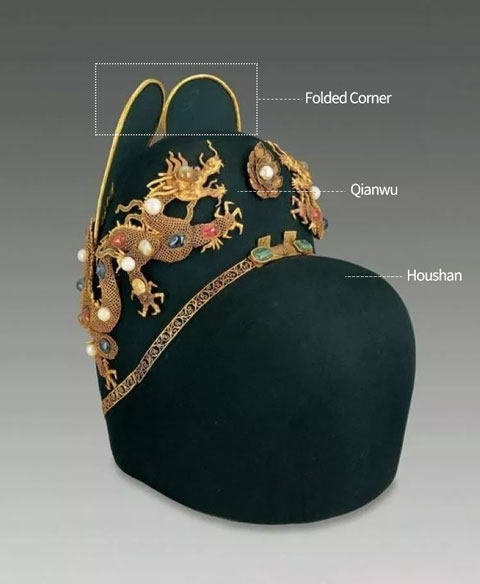
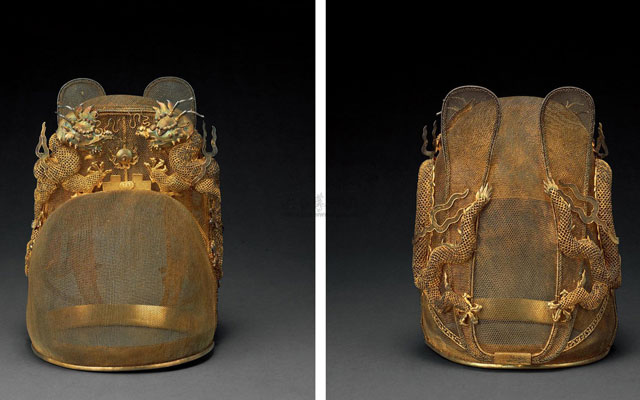
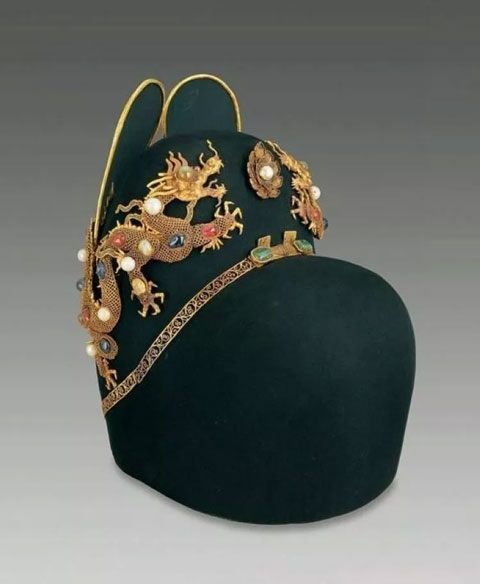

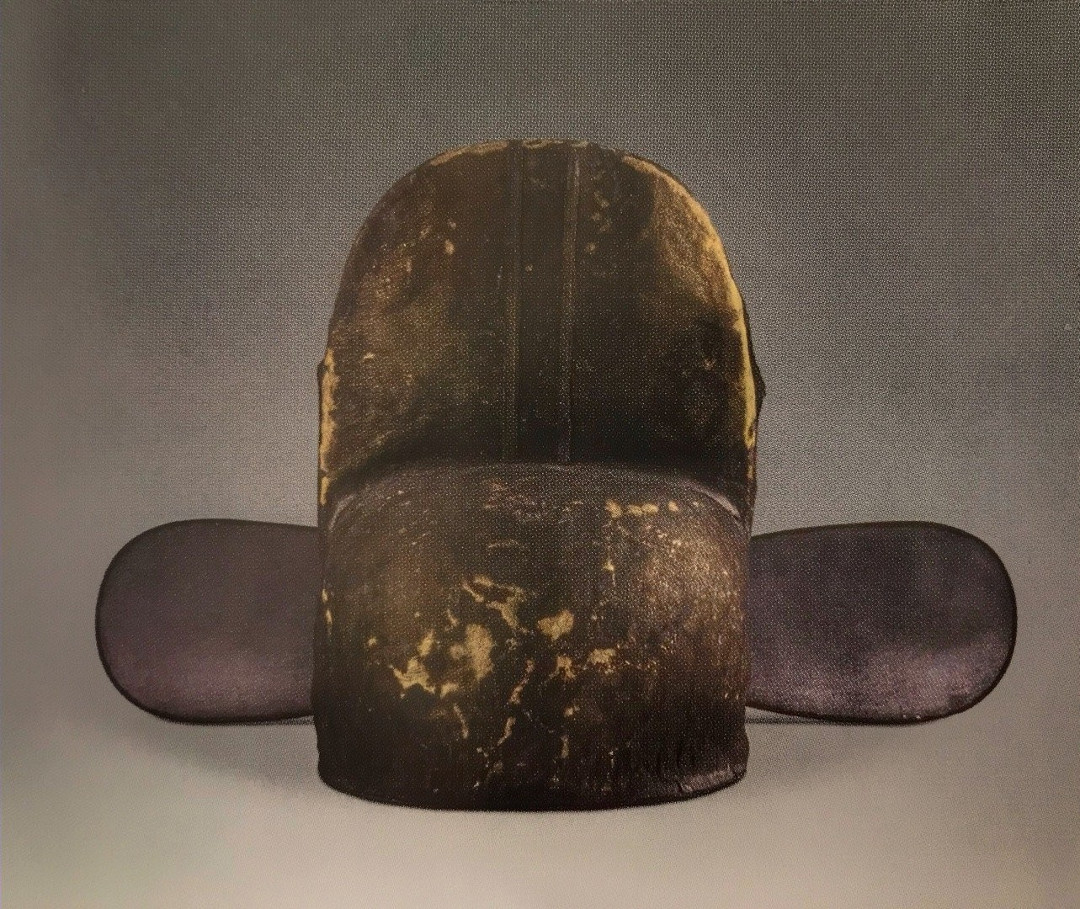
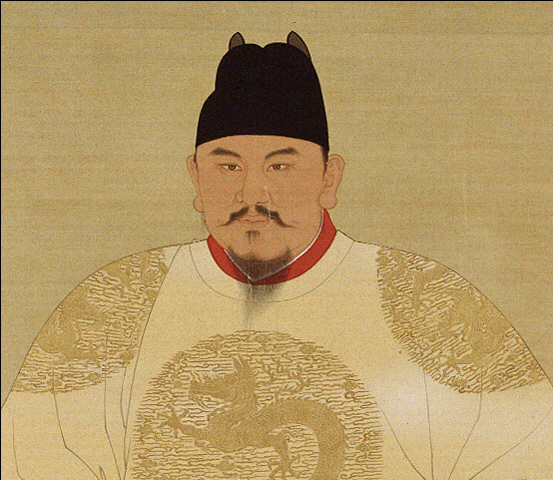
Leave a Reply